Prganic Lavender OIl 1 oz.
Personal Care - Aromatherapy
As one of the most popular and widely used aromatherapy essentials, the fresh scent and calming essence of organic lavender oil is versatile in many popular applications. NOW® Organic Lavender Oil is steam-distilled to retain high concentrations of Lavandula officinalis spp.
Benefits:
- Certified Organic
- Lavandula officinalis spp
- Aromatherapeutic GC/IR Verified
Suggested Use: For aromatherapy use. For all other uses, carefully dilute with a carrier oil such as jojoba, grapeseed, olive, or almond oil prior to use. Please consult an essential oil book or other professional reference source for suggested dilution ratios.
Natural essential oils are highly concentrated and should be used with care.
Warnings: Always dilute before any use other than aromatherapy. Keep out of reach of children. Avoid contact with eyes. If pregnant or lactating, consult a practitioner before use. Not for internal use.
Certified Organic by Quality Assurance International.
Gas Chromatography/Infra-red Spectroscopy verified.
Fun fact: German herbalist Hildegarde von Bingen, in the 12th century, declared that lavender was good for maintaining a pure character.
Lavender is the most loved aromatic used in aromatherapy today. Besides being versatile, its lightly floral and soothing scent is one that most people find appealing. In therapeutic terms, lavender is the most useful oil, and one that every aromatherapy kit should include. It's also one of the few essential oils that can be applied neat. Lavender has a long history of use in many different cultures, but is probably most associated with the English for its use in many of their perfumes.
Mixes well with: Almost all oils, and particularly well with allspice, anise, basil, bergamot, citronella, chamomile, clary sage, clove, eucalyptus, frankincense, geranium, grapefruit, hyssop, jasmine, juniper, lemon, lime, tangerine, patchouli, peppermint, pine, rose, rosemary, spearmint, tea tree, and thyme.
Parts used: Fresh flowering tops.
Extraction method: Steam distillation
Safety Information: Can make those with low blood pressure drowsy.
About Essential Oil Production:
Essential Oils are mixtures of aromatic chemicals present in plant material such as leaves, buds, flowers, fruit, bark, root, or wood, and are comprised of various terpenes, acids, aldehydes, alcohols, esters, and ketones.
Nearly all essential oils are obtained by physical means, with most essential oils obtained by the process of steam distillation of plant materials, and Citrus Oils by the process of “cold pressing” of the fruit. There are a few essential oils obtained using chemical solvent extractions. These products are termed “concretes” and “absolutes”, and are identified as such on the label. This discussion will center on the physical processes of steam distillation and cold pressing.
Steam distillation is a three-step process comprised of the following:
1. The plant material is placed on a screen in a steam still. Steam from a boiler is introduced under the screen where the plant material is held. The steam vaporizes the essential oil in the plant material. Both steam and oil vapor rise to a condenser.
2. The steam and oil are condensed to a liquid, and fed to a receiving vessel.
3. The essential oil rises to the top of the liquid in the receiving vessel. It is separated from the condensed steam liquid (water or hydrosols). The water may be returned to the boiler and reboiled into steam.
Cold Pressing is a four-step process comprised of the following: 1. The whole fruit is scarified, which means the peel or rind is mechanically pierced to open the sacs containing the essential oil. 2. The whole fruit is then pressed which squeezes out the juice and oil. 3. The oil and juice, which contains the peel and other fruit solids, are centrifuged to separate the liquids and solids. 4. The oil liquid layer is then separated from the juice liquid layer.
Further physical processing of either the steam distilled or cold pressed essential oils, such as filtering, winterizing, or distillation, may follow to clarify or rectify them by removing any debris, waxes, etc.
In no instance is the use of chemical solvents permitted for products labeled as 100% pure essential oils, nor are any chemical additives permitted to enhance (adulterate) the oils.
All of NOW’s Essential Oils are produced utilizing only steam distillation or cold pressing with no additional ingredients. We also sell a few Essential Oil Blends, which are clearly labeled as diluted with additional oils.
The processing information is courtesy of the Guenther Essential Oils Compendium Vols. I – VI, Polarome, Amrita, Organic Ingredients, and Ungerer & Company.
By
-
Flag
Comments? Question?
Updated Oct. 31, 2016,
about 9 years ago
*Not intended to diagnose or treat diseases or ailments, and is not reviewed by the FDA.
Uses & Indications.- Lightly Floral Soothing Scent
- Provides Relaxation And Calm
- Fatigue
- Sleeplessness
- Anxiety
Compare to these:
Questions and answers:
Question: Can I use this to drop on charcoal to smoke meat
- A: That is a great question. This organic lavendar oil is an aromatherapy oil. Though this may be an option, I can not legally advise you to use this oil in this way.
Question: Will it mix well with coconut oil
- A: Lavender oil should mix ok with coconut oil as long as the coconut oil is not in a pure solid state.








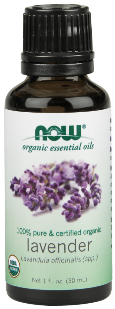

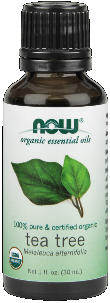
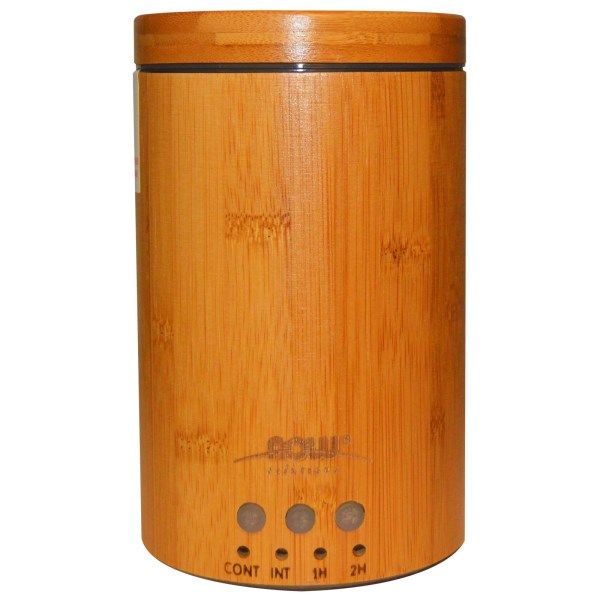
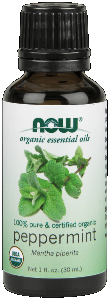
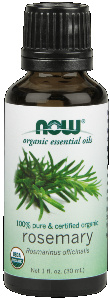
 Publish your shopping cart to facebook and get free shipping in U.S.
Publish your shopping cart to facebook and get free shipping in U.S.